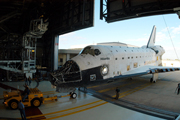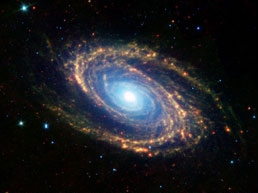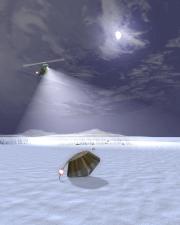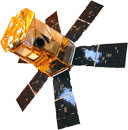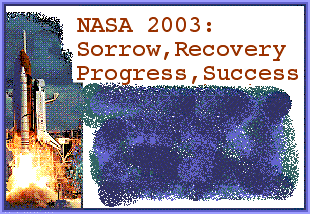 |
NASA 2003:
A Year of Sorrow, Recovery, Progress and Success |
| America's space agency faced one of the most critical times in its 45 year history with the sudden and tragic loss of shuttle Columbia in 2003. Mourning the lost astronauts, NASA began the challenging task of finding and fixing the problem, and preparing to return the shuttle fleet to flight. The tragedy did not disrupt NASA's quest for discovery as it continued planning to expand the International Space Station, send robot space probes to explore the Solar System, use telescopes to find Earthlike planets orbiting nearby stars, and use satellites to help us better understand Earth's dynamic climate. NASA continued to inspire a new generation of explorers. | |
